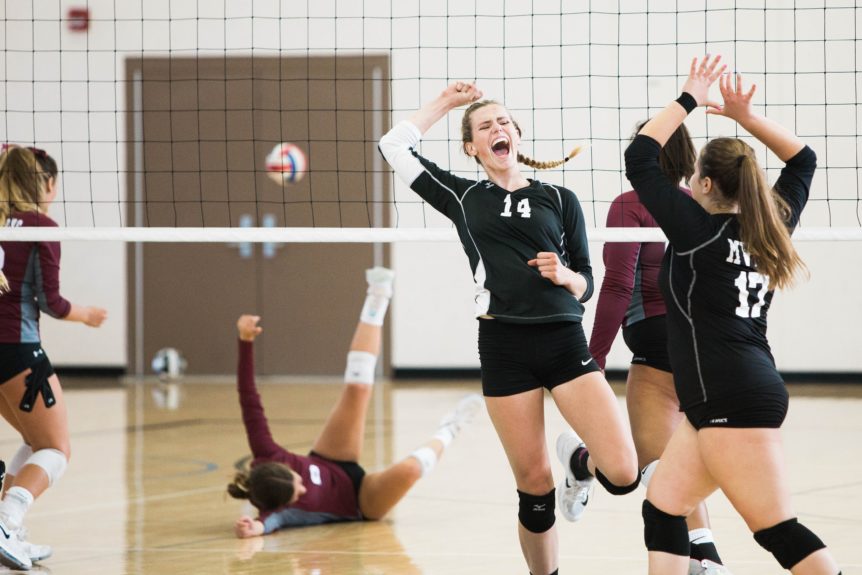Koch et al. Scand J Med Sci Sports. 2020;30:2234–2250.
Abstract
Physical activity is beneficial for human physical health and well-being. Accordingly, the association between physical activity and mood in everyday life has been a subject of several Ambulatory Assessment studies. This mechanism has been studied in children, adults, and the elderly, but neglected in adolescents. It is critical to examine this mechanism in adolescents because adolescence plays a key role in human development and adolescents’ physical activity behavior translates into their behavior in adulthood. We investigated adolescents’ mood in relation to distinct physical activities: incidental activity such as climbing stairs; exercise activity, such as skating; and sports, such as playing soccer. We equipped 134 adolescents aged 12-17 years with accelerometers and GPS-triggered electronic diaries to use in their everyday life. Adolescents reported on mood repeatedly in real time across 7 days, and these data were analyzed using multilevel-modeling.
After incidental activity, adolescents felt better and more energized. After exercise, adolescents felt better but less calm. After sports, adolescents felt less energized. Analyses of the time course of the effects confirmed our findings. Physical activity influences mood in adolescents’ everyday life, but has distinct effects depending on the kind of physical activity. Our results suggest incidental and exercise activities entail higher post-bout valence compared to sports in competitive settings. These findings may serve as an important empirical basis for the targeted application of distinct physical activities to foster well-being in adolescence.

